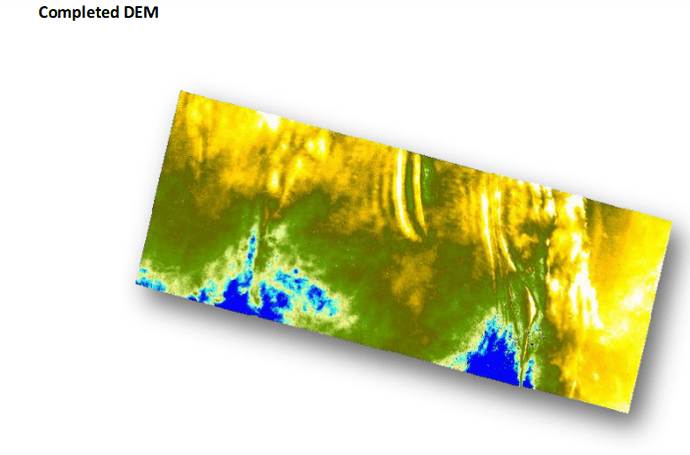Hello
What is the different between phase to elevtion and phase to height in interferometric processing ?
Thank you. And I have another question about phase to displacement, it gives us the land deformation like landsides right ??
Please take a look at the following post, I explained the LOS and Vertical movement,
If you try up to use the search in the upper right corner of the STEP FORUM, you’ll find a lot of similar well discussed topics,
Thanks !
And for the DEM, if I am using two images acquired from the same orbit at twi different days. The DEM I obtain is the different in height between the two days ?
Please take a look at this chapter,

Source : http://www.esa.int/esapub/tm/tm19/TM-19_ptB.pdf
In the following post, I explained how to create DEM,
And in the following, the difference between SRTM and DEM is created form S-1,
Very interesting this chapter. But i didn’t find what I wanted to understand inside. I have used interferometry a lot in t he last years. It was a case of airborne data. The slightly shifted incidence angle and the few time separating the acquisition allowed us to estimate the topography.
But here, it is different, the images are aquired with 6 days of difference and the orbits are exactly the same ( same incidence angles) in another term we have the same vertical wavenumber ! I have always obtaine the topography from the difference of wavenumber… So my question is what do we obtain by applying the interferometry to the sentinel-1 images acquired from the same orbite at two days D1 and D2 ? What do we calculate here ? the difference of height between D1 and D2 ?
Please take a look at this simple example,
Thank you! Very interesting processing, it is exactly what I am doing now and for vegetation also. My last question is about this map
The DEM we measure here is H_d2 - H_d1 ??
Would you please to clarify this point,
I am applying interferometry on a region of interest which is a vegetation area.
Creating DEM for the vegetated area using S-1 is not recommended for the reason I explained to you with the one of the previous posts, I think you’d need read about SAR interferometry, Using the following good basic and advance resources,
Thank you Dr Fakhri for your answers. But I still don’t understand what is theDEM we obtain in the end. I am not convinced that it is the digital surface model. For me it is the different of DEM between the two acquisition. Am I right ?
Sentinel-1 is not a very good source for DEM generation due to various reasons. Some comments on this can be found here: Phase to elevation error
Also some great materials on error sources of SAR interferometry: https://eo-college.org/resources/insar_errors/

